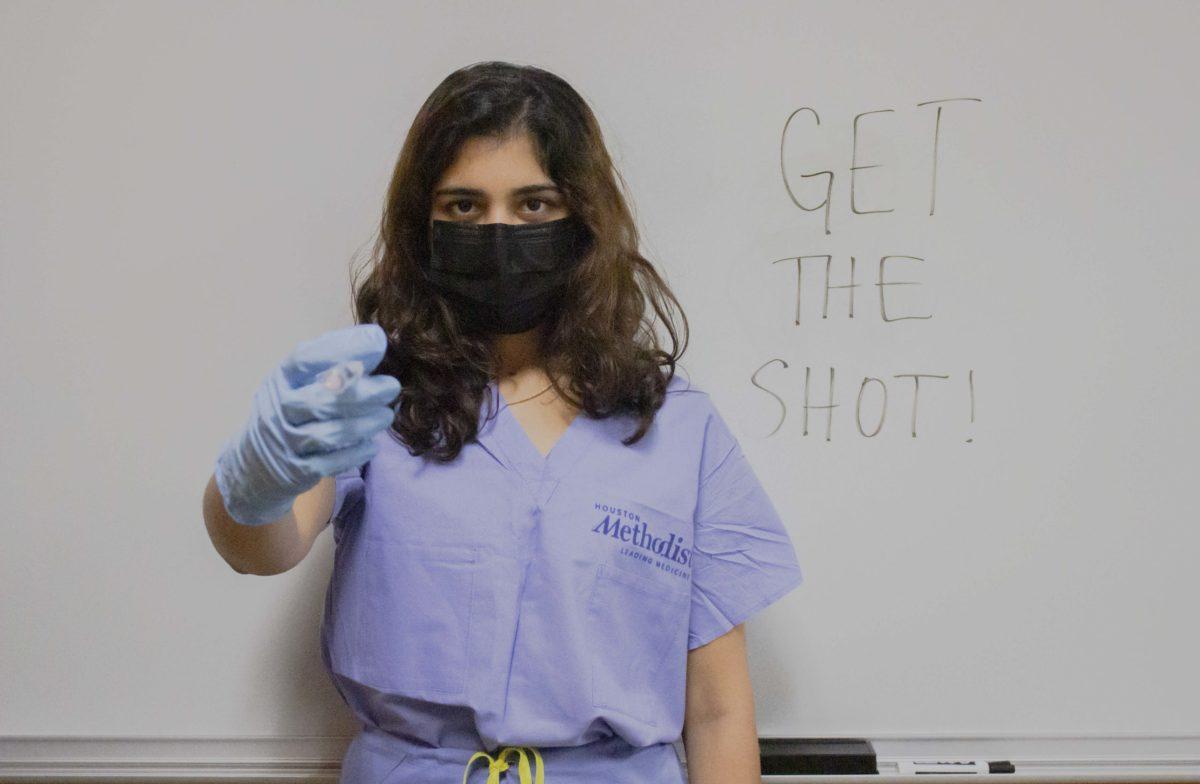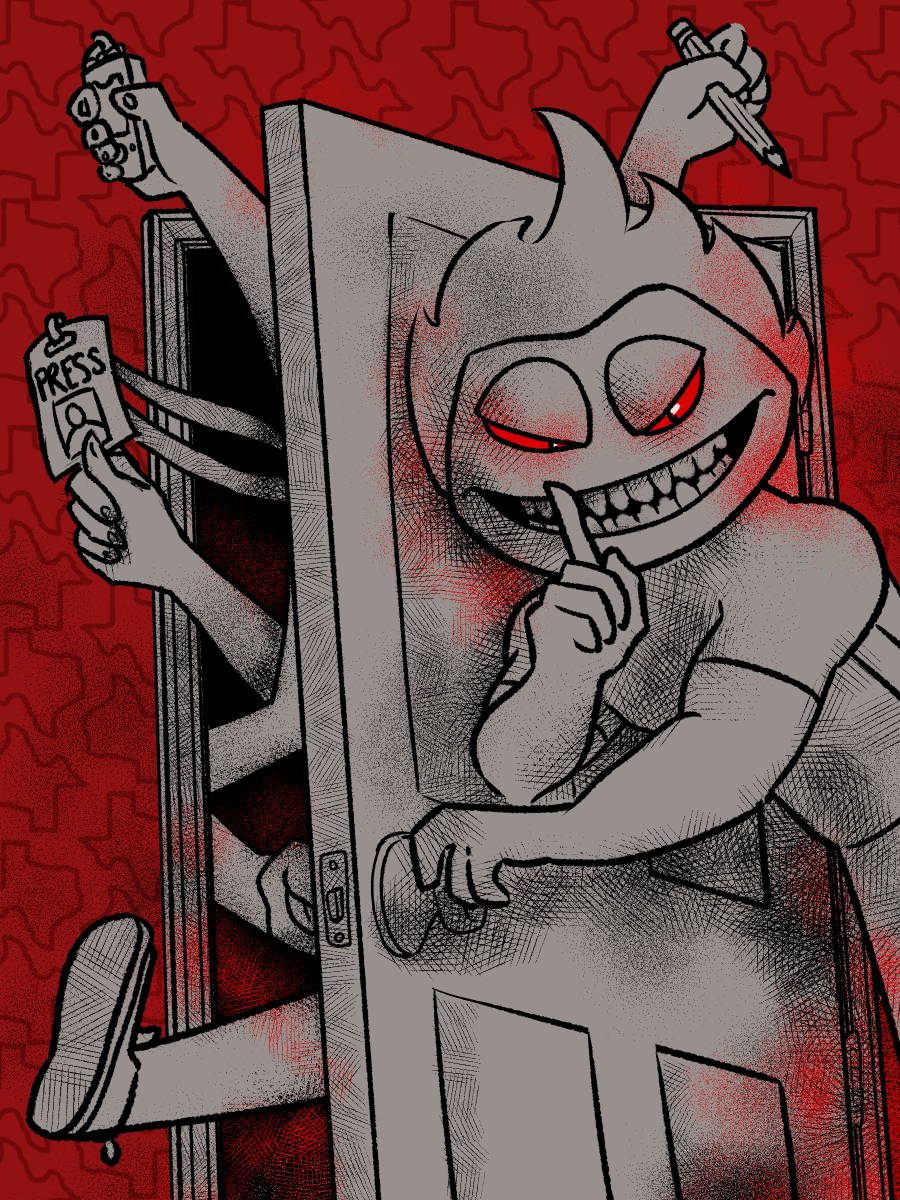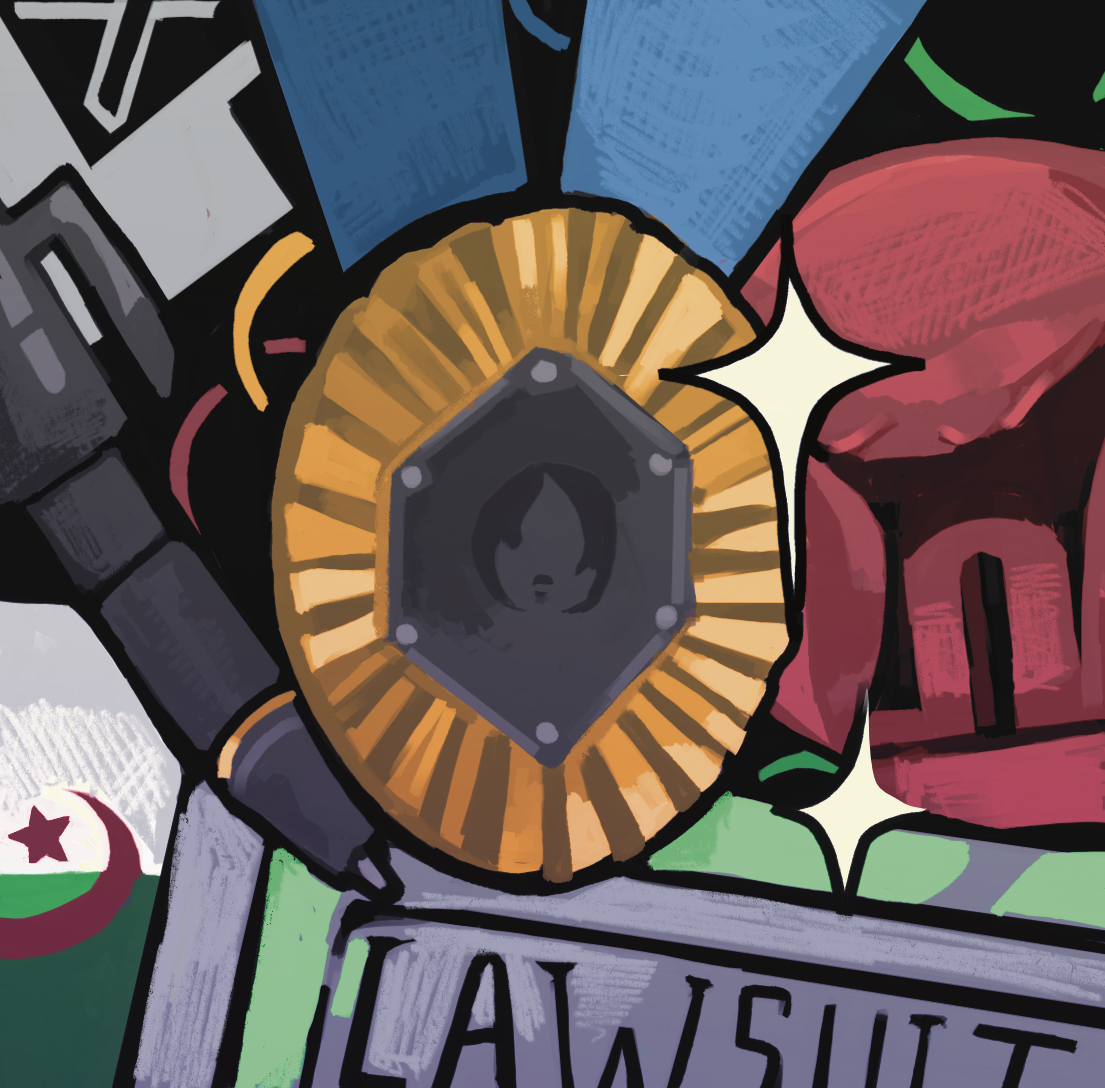As the semester kicks off to a crowded “de-densified” start, we predictably see our phones notifying us every day of a new long list of COVID-19 positive students. In order to ensure the true safety of the UTD community and surrounding areas, it’s really no question at this point: all students need to get vaccinated.
It’s surprising when we look at the small population of college students who have reported their vaccination status. According to OEMCP statistics, as of Sept. 3, 2021, only 68.51% of the UTD student body has reported being fully vaccinated. Experts are still unsure about the exact percentage of a population that needs to be vaccinated for herd immunity, but some estimates range as high as 90%. Here at UTD, it’s even gotten to the point that students are receiving generous monetary rewards in exchange for getting vaccinated (because if $125 won’t incentivize students to get jabbed, then what will?)
This is ironic when we see people in other countries waiting for months and even paying off healthcare workers in order to receive a vaccine for themselves. Unfortunately, that’s how desperate we’ve gotten to get the UTD community as close to fully vaccinated as possible. With COVID-19 cases on the rise and the potential of another completely virtual semester looming over our heads, vaccinations are our only chance at achieving herd immunity.
The term “herd immunity” widely refers to when a sizable community develops immunity to a certain disease, thus significantly decreasing the spread. It’s crucial during a time of mass infection because when immunity becomes more ubiquitous, the disease becomes harder to spread and eventually gets wiped out. This concept has been demonstrated in several outbreaks from Polio in the 1950s all the way to H1N1 in 2009.
Researchers describe two ways to achieve herd immunity: natural infection and vaccines. Sure enough, only one of these options seems to be the most effective within a short period of time. If we depend only on natural infection, experts estimate that 70% of the population would have to suffer and recover from COVID-19 before case numbers would start to slow down.
Timothy Bray, associate professor of public policy and political economy, said that herd immunity would have no impact on campus if it is not universal. This means that even if nearly 70% of students are vaccinated in one dorm but not another, we haven’t achieved herd immunity since the risk of transmission in one area is still too high.
A questionnaire conducted by epidemiologists at CU Boulder shed some light on why college students are reluctant to get vaccinated. Many are understandably wary of its side effects or are under the impression that their young and healthy bodies could recover easily from COVID-19 without help from the vaccine. Fear of the unknown is understandable but not corroborated. Long-term complications from the vaccine, especially in perfectly healthy people, are incredibly rare. There are also no released peer-reviewed research papers that clearly outline a relationship between serious bodily defects and the COVID-19 vaccine. So, when clusters of college students choose to remain unvaccinated, they are putting many vulnerable populations at risk. In fact, previous clinical immunity and virology studies have shown that the spread of COVID-19 through an unvaccinated college campus can lead to mutated strains that pose a direct threat to the elderly population in surrounding communities.
Ultimately, we are still not out of the woods. COVID-19 cases in the Dallas area are increasing at an unnerving rate. Over the course of one week in late August, the number of active cases rose by 35%. If action isn’t taken quickly to ensure that all unvaccinated people get vaccinated as soon as possible, then we will shift further away from normalcy at a rapid rate. Times are still tough, and the path to our new normal will only be accessible if we ensure that all students are vaccinated.






